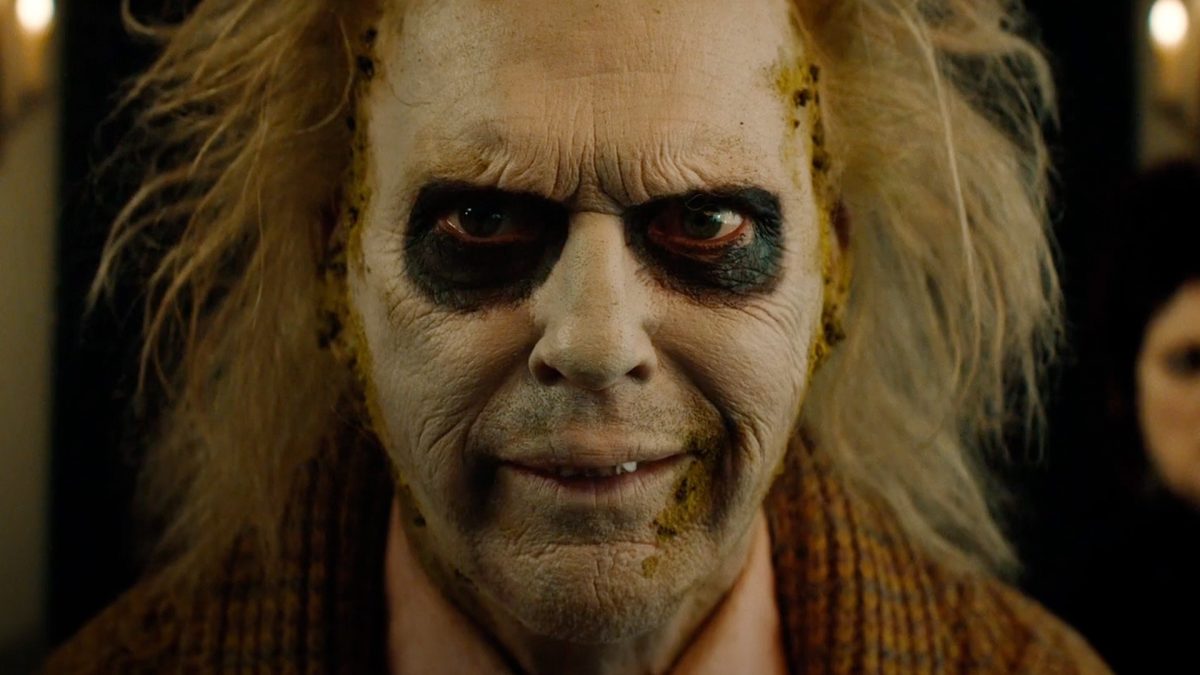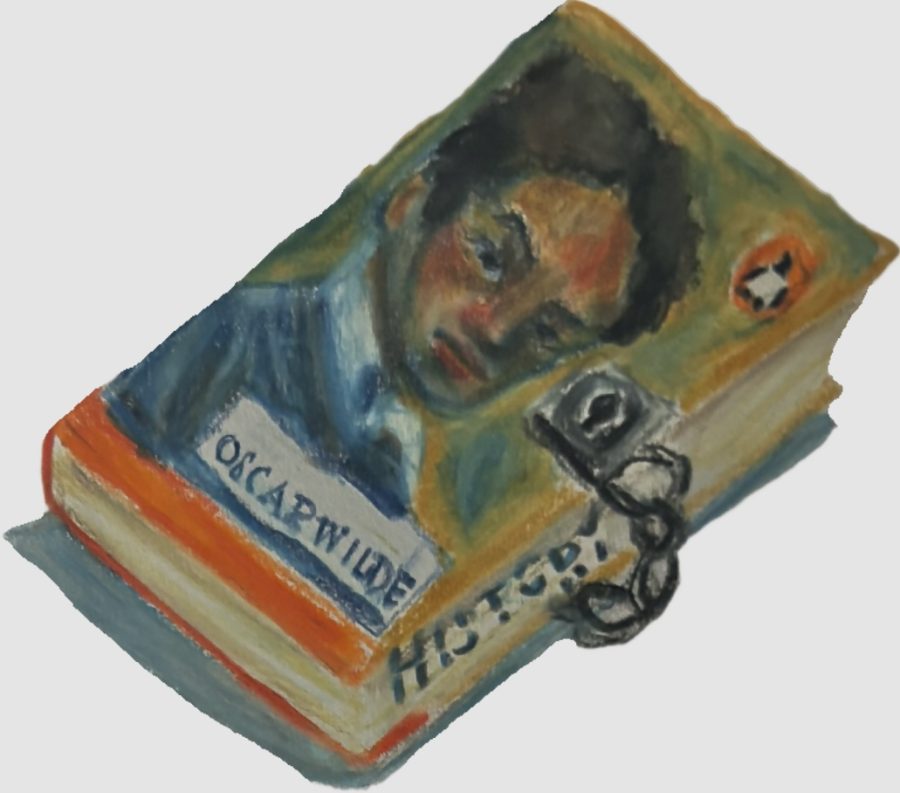Problematic classics must be studied, not ignored
When I was in eighth grade, I read “The Picture of Dorian Gray” by Oscar Wilde. “Dorian Gray” was published in 1891 and is unequivocally a literary classic. While reading, I noticed pointed criticism of Victorian vanity and vivid, clever wordplay. As a Jewish reader, I also immediately noticed antisemitism. Wilde describes the character of Isaacs as “a hideous Jew, a most offensive brute.”
How should English teachers respond to bigoted classic literature? “Dorian Gray” is not unique in its prejudiced elements. The field of classic literature is filled with works that perpetuate racism, sexism, and homophobia. William Shakespeare’s “Othello” has a long history of being performed in blackface. Popular children’s novels such as “Peter Pan” and “Little House on the Prairie” contain demonized and stereotyped descriptions of Native Americans. The works considered “literary classics” are overwhelmingly written by wealthy European men, because of the historic barriers to publication for women, people of color, and the homogeny of the academic establishment that selects classic works.
One clear way to address the problematic elements of classic literature is to include books written by underrepresented groups in the curriculum. During my freshman year, all the books I read for English class were written by white authors, and except for one, all were written by men. English teachers and English curriculum writers must challenge the homogeny of classic literature by choosing books written by diverse authors.
Diversifying English curricula, however, does not fully address the problem of outwardly harmful books. Should they not be studied in classrooms because of their stereotypes and bigotry? Some school districts across the country think so, removing books such as “The Adventures of Huckleberry Finn” and “To Kill a Mockingbird” from their curriculum.
Classic books often contain harmful, bigoted language and stereotypes. Yet, these stories have shaped popular thought since their publications. They reflect harmful societal viewpoints at the time of their publication. Through analysis of classic works, we can create a more nuanced understanding of how historical bigotry affects our everyday lives. We study literature in schools because stories matter. Stories shape how we relate to each other and ourselves. By refusing to study harmful classic literature, we ignore how historical prejudice has been spread through literature. Studying (and criticizing) classic literature creates a greater shared understanding of how bigotry presents itself and how it should be addressed and refuted.
Historical and literary bigotry must not be ignored in the classroom. It must be directly addressed and refuted. Evaluating and criticizing media is a key skill for students to learn in a world shaped by inequality. Addressing the harm in classic literature should happen through creating more diverse reading lists and critically analyzing classic books. We should not ignore bigotry. We must address it head-on.
“The Picture of Dorian Gray” is a complicated work. It is antisemitic, and it is a discussion of homosexuality in an unaccepting time. It contains harmful stereotypes, and it is an enormously influential work of art. Literature isn’t inherently good or bad. It is complicated, and the moral complexities deserve discussion, analysis and criticism in English classes.
Your donation will support the student journalists of Omaha Central High School. Your contribution will allow us to purchase equipment and cover our annual website hosting costs.

Hello, Register readers! I'm Noa Gilbert, (they/them) and your news editor! I'm a senior and this is my second full year on staff. In my free time, you...













